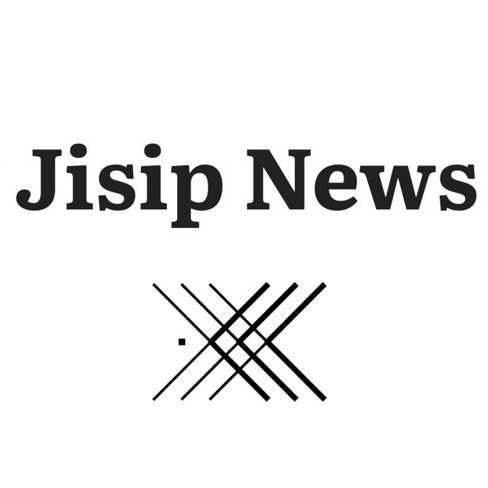NEW YORK, May 18, 2023 (Newswire.com) - Laurel Road: Student loan debt in the United States totals over 1.7 trillion dollars, with almost 44 million borrowers holding federal loans. Public Service Loan Forgiveness (PSLF) is a federal student loan forgiveness program that offers borrowers the opportunity to have their remaining federal student loan balance forgiven after making 120 qualifying monthly payments over the course of 10 years. PSLF requires individuals to be enrolled in an income-driven repayment plan (IDR). IDR programs utilize information such as annual income, which can help stabilize monthly payments, which can be especially important at the outset of careers. But what happens when an enrollee's salary rises? Salary can play an important role in some of the elements of PSLF—including how much borrowers can save.
PSLF requirements
Qualifying for and applying to the PSLF program involves several important steps. Borrowers must:
- be employed full-time by a US federal, state, local, or tribal government or qualifying not-for-profit organization
- have Direct Loans (or consolidate other federal student loans into a Direct Consolidation Loan)
- enroll in an income-driven repayment (IDR) plan
- make 120 qualifying payments over 10 years
- submit a complete PSLF application along with the required paperwork
After completing all PSLF requirements, a candidate's remaining Direct Loan balance can be completely forgiven.
Income-driven Repayment Plans
Borrowers seeking PSLF are required to enroll in an Income-driven Repayment plan. Federal student loan borrowers who are having difficulty with their monthly payments could benefit from IDR as these plans calculate monthly payment amounts based on income and family size - rather than the amount of the loan - which can help make student loan debt more manageable.
There are four IDR plans available:
- Income-Based Repayment Plan (IBR)
- Pay As You Earn Repayment Plan (PAYE)
- Revised Pay As You Earn Repayment Plan (REPAYE)
- Income-Contingent Repayment Plan (ICR)
Each plan has its own set of requirements and benefits. Federal student loan recipients must demonstrate financial hardship, such as low income or a high debt-to-income (DTI) ratio, in order to qualify.
Payments are typically made over a period of 20 to 25 years, after which any remaining loan balance may be forgiven.
High earners, IDR payments, and PSLF
There is no maximum income cap in the IDR or PSLF program. If a borrower begins with an income low enough to qualify for an IDR plan but later earns a higher salary, their monthly payments under the IDR plan could increase. They may still be eligible for potential forgiveness through PSLF if they continue to work full-time for a qualifying employer and make the required 120 qualifying payments. However, a high-earning IDR participant may become ineligible for forgiveness if they pay off their student loan before making all 120 qualifying payments. Some borrowers may elect to switch to an IDR program that can give them the lowest monthly payments possible.
Recertification Rules
IDR participants must recertify their eligibility once per year by providing information about their income and family size - even if nothing has changed. IDR plans use that data to recalculate a participant's monthly payment, determining whether it should rise, fall, or remain unchanged.
Borrowers also have the option to recertify and recalculate their payment at the time a life change occurs, such as the addition of a family member or the loss of a job. Borrowers who recertify late or fail to recertify may face penalties, increased payments, or even termination of their IDR plan.
Other repayment options
An IDR plan may not be right for everyone. Federal student loan recipients can talk to their loan servicer about other options, such as:
- Standard Repayment Plan: fixed monthly payments for 10 years.
- Graduated Repayment Plan: begins with lower monthly payments that gradually increase every two years over a 10-year period.
- Extended Repayment Plan: extends a repayment period up to 25 years, with either fixed or graduated payments.
- Consolidation: combines multiple federal student loans into a single loan, with a fixed interest rate and a single monthly payment.
- Deferment or Forbearance: temporarily suspends or reduces student loan payments.
Next steps
With the right qualifications and repayment plan, borrowers interested in PSLF may find the financial relief they need to focus on their personal growth and career development. They should take the time to become familiar with the program's requirements and to comprehend the role that income may play now and in the future. And, of course, they can consult their loan servicer or seek expert guidance to help navigate the process.
About Laurel Road
Laurel Road began originating student loans in 2013 and has since helped thousands of professionals with undergraduate and postgraduate degrees consolidate and refinance more than $7 billion in federal and private school loans.
Contact Information:Carolina d'Arbelles-Valle
Senior Public Relations Specialist
[email protected]
(201) 633-2125
Original Source: Laurel Road: Can a High Salary Affect Public Service Loan Forgiveness (PSLF)?

